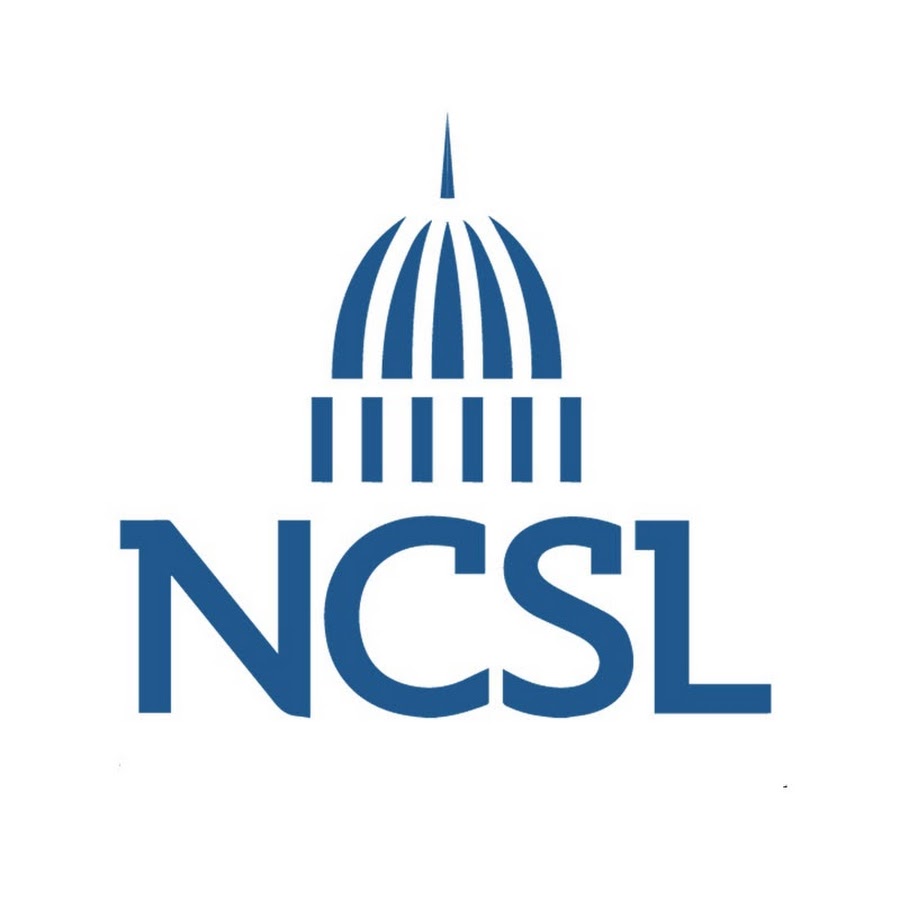
Early STEM Education
May 27, 2021Science, technology, engineering and mathematics (STEM) education is vital to our nation’s global competitiveness, economic growth and overall standard of living.
However, when looking at the early years of a child’s development (prekindergarten through third grade, P-3), STEM subjects are often given a backseat to more rote learning and developing literacy skills. Students as young as two use STEM skills on a daily basis, whether it’s building towers with blocks to using water tables or observing and interacting with their environments through play.
Research has demonstrated that young children’s minds are very receptive to math and logic and that early mathematics skills are the strongest predictor of future academic achievement. Developing math skills, along with other STEM skills in high-quality, P-3 environments couples the predictive power of learning STEM skills with the academic growth and trajectories that high-quality early learning can provide.
Developing STEM skills among our youngest learners is also an economic imperative in the United States. STEM jobs are projected to be increasingly in demand; with this sector growing by 17 percent compared to 9.8 percent for all other occupations. STEM workers are also less likely to experience joblessness and earn higher wages than their non-STEM counterparts.
What the Research Says
Research has demonstrated that when young children enter school, they already have substantial knowledge of the natural world, can think both concretely and abstractly, use a range of scientific reasoning processes, and are eager, curious and ready to learn. Strengthening these innate abilities can begin in prekindergarten and primary grades and does not need to be reserved for older students.
STEM subjects integrate literacy use and development in all areas. For example, students develop technology literacy through hands-on activities such as using iPads to draw observations of plants and animals. Utilizing literacy skills such as reading and writing to document and share hypotheses is also something a kindergartner can do, not just older students.
Starting students early in STEM subjects can help to build strong foundations and begin to ameliorate our nation’s low scores in these areas. According to the most recent National Assessment of Education Progress (NAEP) report, 66 percent of fourth graders are not proficient in science and 60 percent were not proficient in math.
While there is research pointing to the value of early STEM, much remains to be learned about its associations to long-term achievement and for dual- and English-language learners.
Barriers to Implementation
Several significant challenges and barriers exist to successful integration of early STEM instruction, including primarily an underdeveloped teacher workforce.
Lack of specific content knowledge in STEM areas and how to teach these concepts in a developmentally-appropriate manner are commonplace among pre-service and in-service teachers in the specific content areas of STEM, and especially in adapting them to the youngest learners. Professional development and pre-service training can address these concerns if it is ongoing, intentional, reflective, goal-oriented, focused on content knowledge and children’s thinking, grounded in particular curriculum materials and situated in the classroom.
Public perception has also been a barrier as STEM skills are generally seen as reserved for older students (primarily middle- and high-school) and for ‘smart kids’, who show an inclination in these areas. Connecting high-quality early learning, the predictive power of developing STEM skills as a foundation and connections to the workforce can help people see the potential value of early STEM education.
Policy Trends and Options
State legislatures have been active in creating and enacting STEM legislation, but it mainly falls in the K-12 spectrum and mostly gravitates toward the middle- and high-school grades. However, as a beginning point, several state legislatures have created STEM Advisory Councils to study and improve upon the pipeline of STEM education in the preK-12 grade sector.
Of the bills introduced and enacted between 2015-2017 sessions that include P-3 grades, most funded development of new programs such as STEM centers, curriculum and standards and grant programs. Bills also addressed teachers, including professional development, salaries, and incentives for specializing in a STEM field. STEM advisory councils are grouped under governance. The map and graphic below illustrate these trends in more detail and provide links to bill texts.
California and Colorado both introduced legislation creating seals of STEM proficiency, similar to seals of biliteracy (California AB 2072 failed; Colorado HB 17-1201 passed). These seals would denote a high level of proficiency in STEM education and would be affixed to the honoree’s high school diploma. For more information on seals of biliteracy, click here. Iowa created a seal of approval for STEM education-providing organizations and programs which recognizes and supports these efforts which is granted by the Governor’s STEM Advisory Council.
Source: NCSL
 +1 833 496 7836 (833 GYM STEM)
+1 833 496 7836 (833 GYM STEM) franchise@tumbles.net
franchise@tumbles.net





